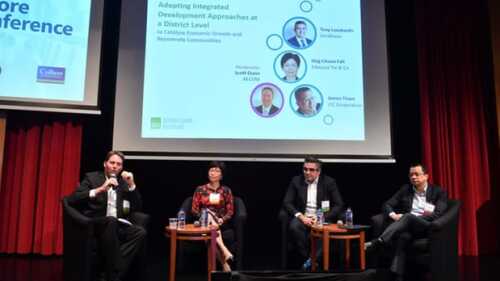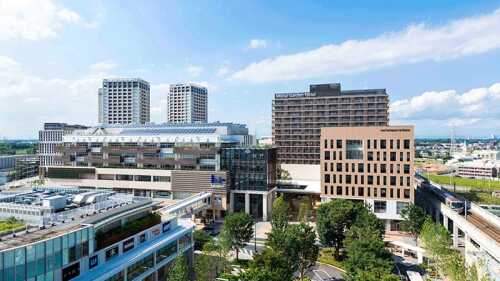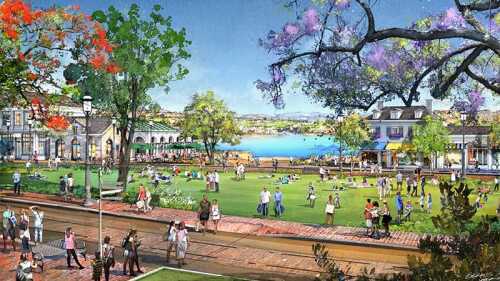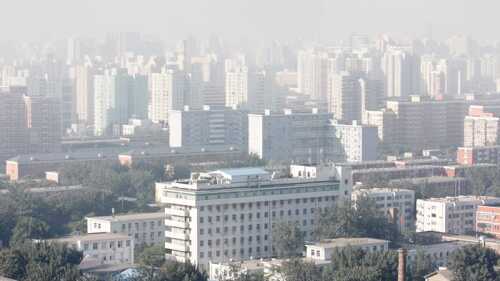Smart Cities
Integrated or mixed-use developments bring multiple uses and amenities—residential, office, retail, and others—in one convenient space. Singapore’s aging population has also nudged developers to design spaces that emphasize accessibility and convenience for the city-state’s growing number of seniors.
ULI will hold its 2018 Spring Meeting May 1–3 at the Cobo Center in Detroit. A major focus for this year’s gathering will be the reinvention of urban areas into thriving places that are drawing talented workers and becoming magnets for investment.
Located 18 miles (29 km) north of Tokyo, the transit-oriented development Kashiwa-no-ha Smart City pioneers an urban planning approach for a resilient neighborhood with an active and vital community. In 2016, Kashiwa-no-ha Smart City became the largest LEED Neighborhood Development Plan Platinum–certified smart city in the world.
JLL’s latest report analyzes markets with a high concentration of in-demand, affordable tech talent and available real estate, much of which is located near research universities that can be tapped for new employees.
Cities and suburbs are natural places for designs inspired by natural systems, according The Permaculture City by Toby Hemenway, a guidebook to permaculture design in the concrete jungle. “Permaculture design is turning out to be beautifully suited to urban contexts,” says Hemenway.
Seven cities—Austin, Texas; Columbus, Ohio; Denver; Kansas City, Missouri; Pittsburgh; Portland, Oregon; and San Francisco—have been named finalists for the U.S. Department of Transportation’s (DOT) Smart City Challenge. DOT has pledged up to $40 million to one city to help it define what it means to be a “smart city.”
Last year, the California Supreme Court ruled that a project proposed through the citizen initiative process and subsequently approved by a council—without a public vote—was exempt from a California Environmental Quality Act (CEQA) review, overturning a lower court decision. Now, a project can potentially avoid months of costly CEQA-related delays if a developer raises enough signatures for an initiative and the council or board simply ratifies the project.
Whereas China’s pollution problems are well publicized, less noticed has been how seriously the Chinese government is pursuing solutions.
Like a sweltering summer day in the Panhandle, the Texas real estate market is hot. Very hot.
Developers in Colorado—which has a statewide vacancy rate of just 4.5 percent—are responding to increased demands from millennials and baby boomers for housing focused on healthy and intergenerational living, said Patrick Coyle, director of the state’s housing division, at the closing general session of the ULI Housing Opportunity 2014 conference in Denver.









